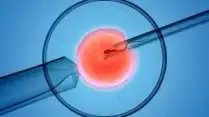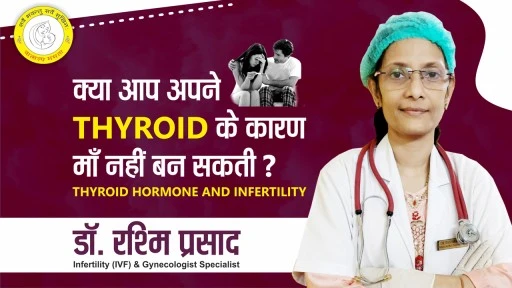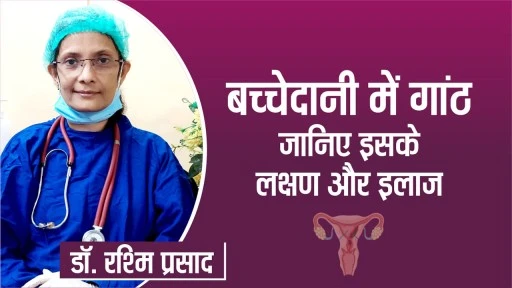-
Step 1: Ovulation, the induction process
During IVF, your doctor monitors your ovaries to ensure proper egg release. Most of the time, hormones or medication are used to activate the ovaries in creating an egg.
-
Step 2: Collection of the Eggs
The doctor who treats you extracts fluid-carrying eggs from the follicles of your ovaries when the patient is on minor medications for pain by inserting a tiny needle through the upper vaginal wall. After the follicles are removed, the fertilized egg is transferred to a container and placed in an incubator to develop.
-
Step 3: Fertilization Technique
The sperm from a human donor or the spouse is collected, monitored, and combined with the extracted egg or eggs. To maximize the chances of success, the doctor can decide to inject the sperm directly into the egg. To ensure that a healthy fetus grows, both the doctor and embryologist will track the process of fertilization once it has started.
-
Step 4: Transfer of Embryos
You are scheduled to return on "transfer day" once the doctor and embryologist decide that embryos are prepared for transfer. This is an exciting and nerve-racking day because, while you have completed the IVF process, there are still many unknowns. The doctor places an instrument known as a speculum into the cervix and implants the developing embryos into your uterus with a tiny silicon tube. You get pregnant if one of the embryos attaches to the wall of your uterus. Both a fertility center and a doctor's clinic are capable of performing embryo transfer, and usually, this process is painless.
After the embryo's transfer, you are supposed to spend the remaining time of the day relaxed. You can get back to your normal activities the next day. During the first 8–10 weeks after the embryo transfer, you might be given progesterone injections or pills. The hormones boost the amount of blood flowing to the embryo, which helps it survive in your uterus.





